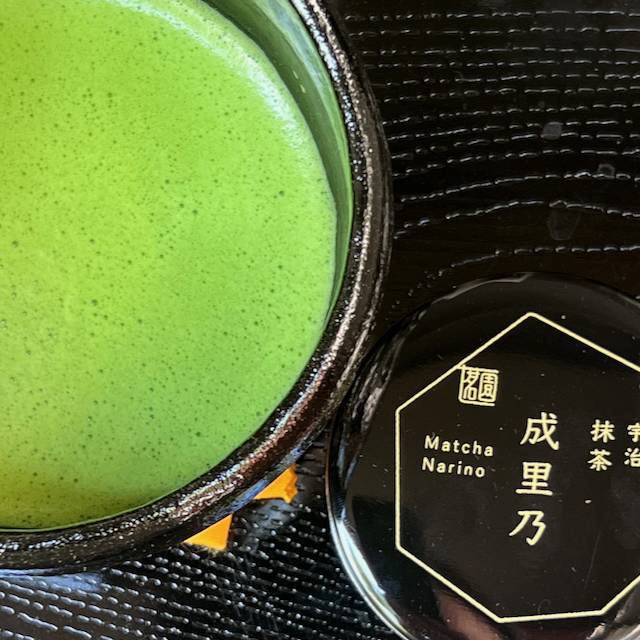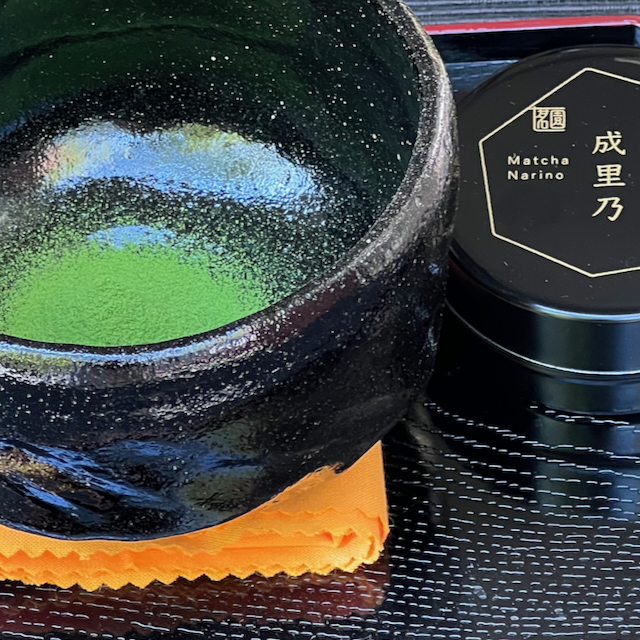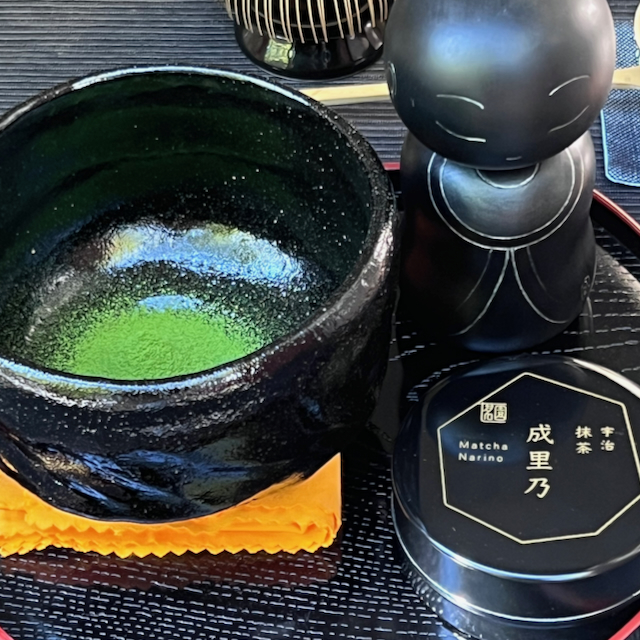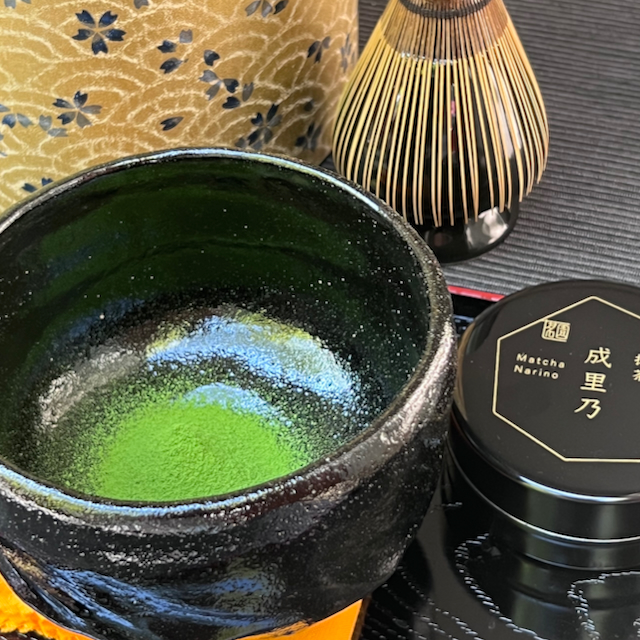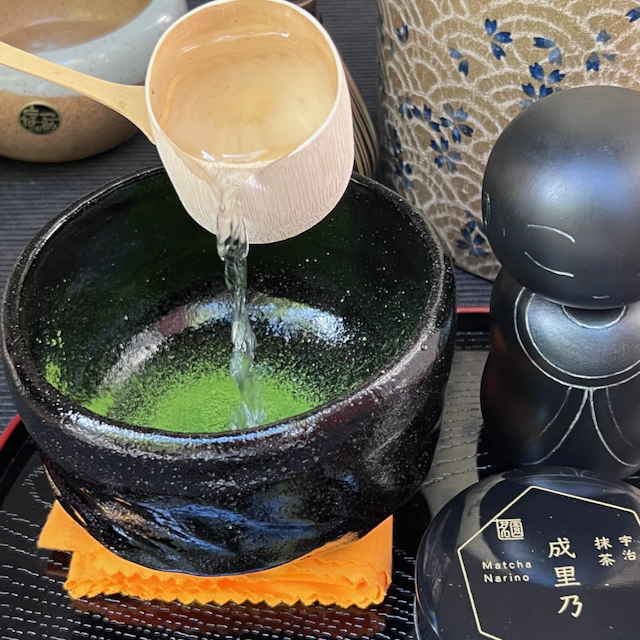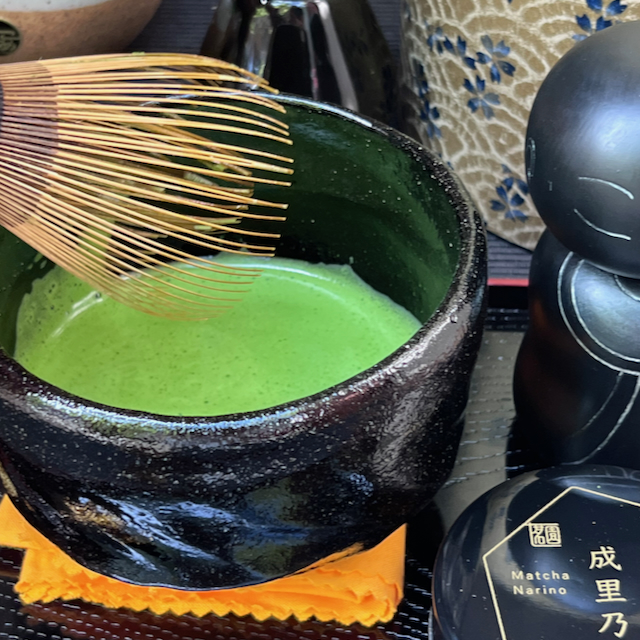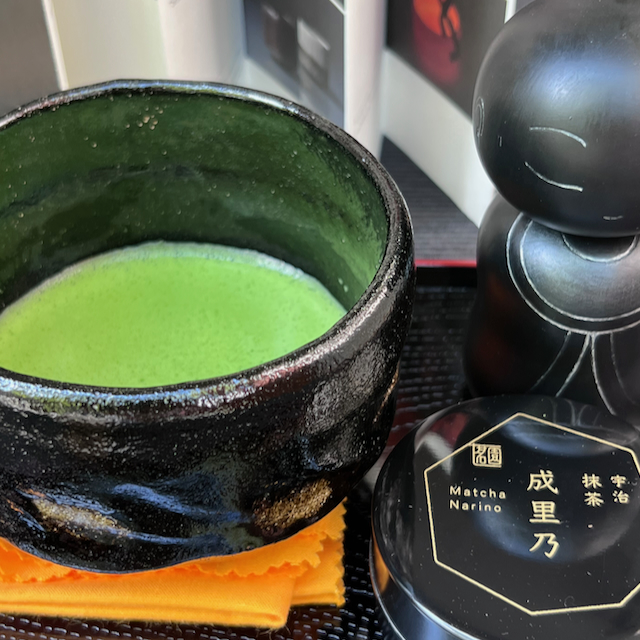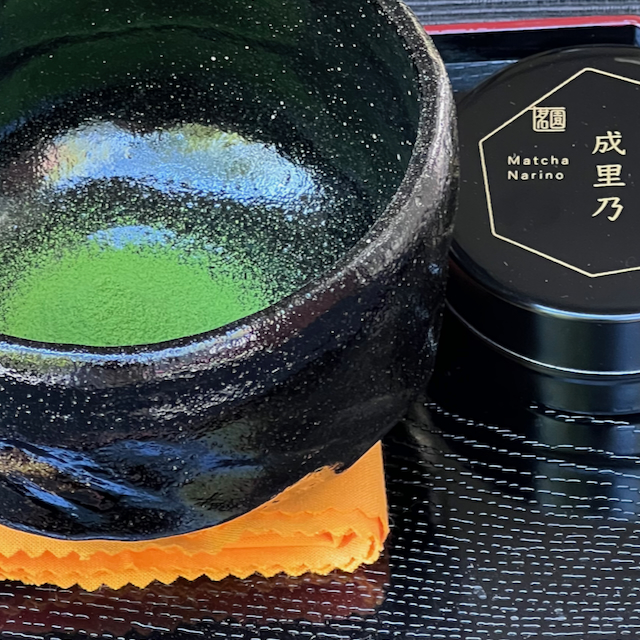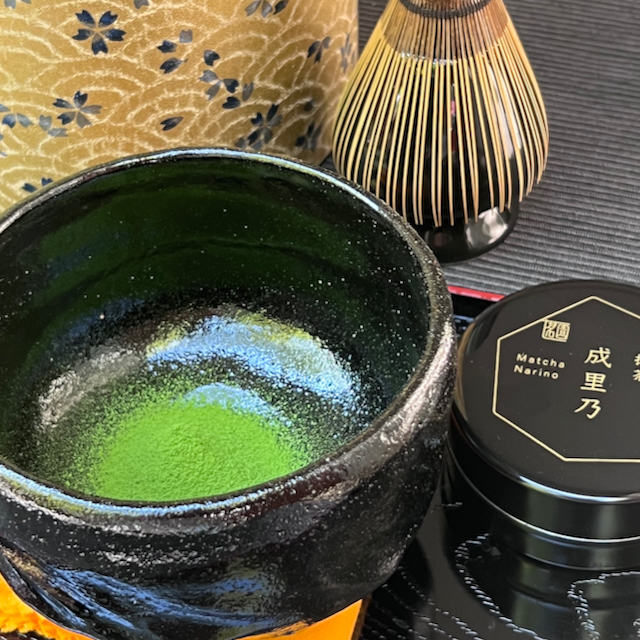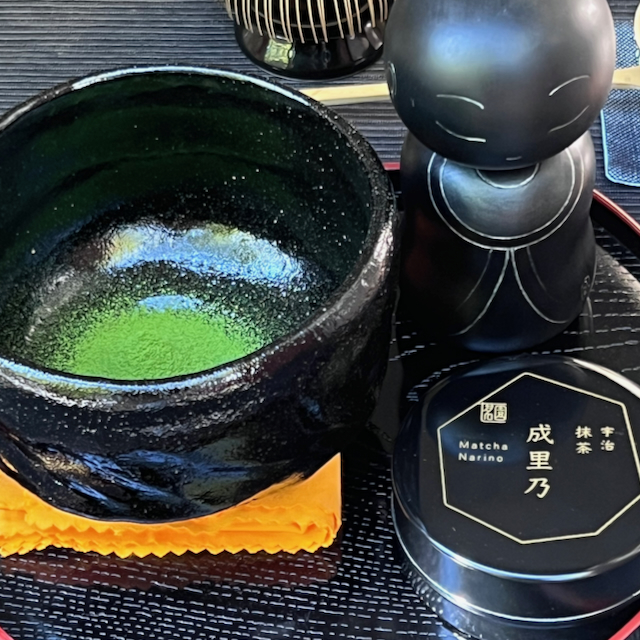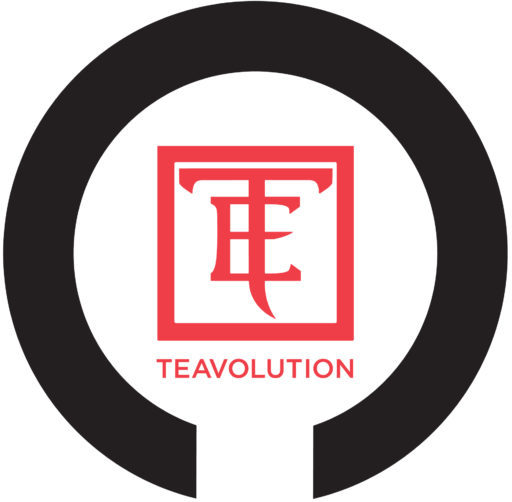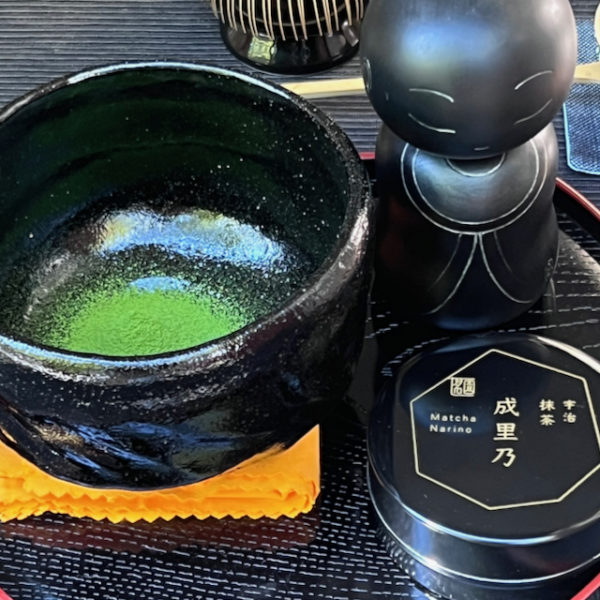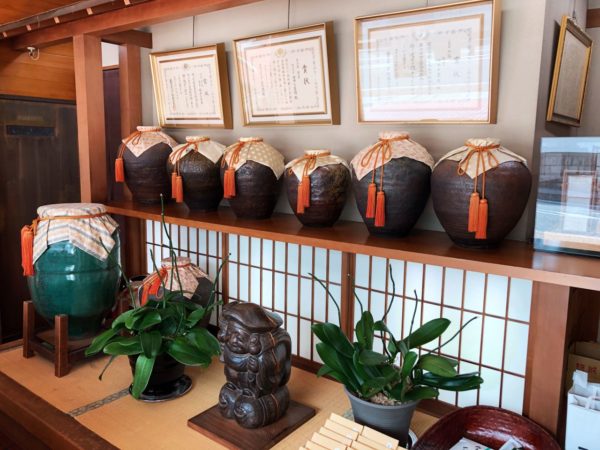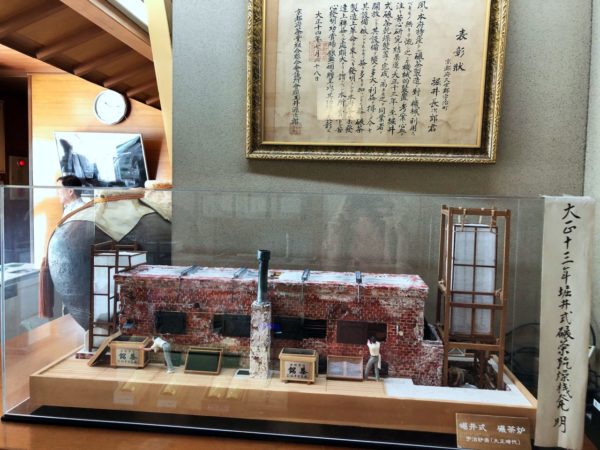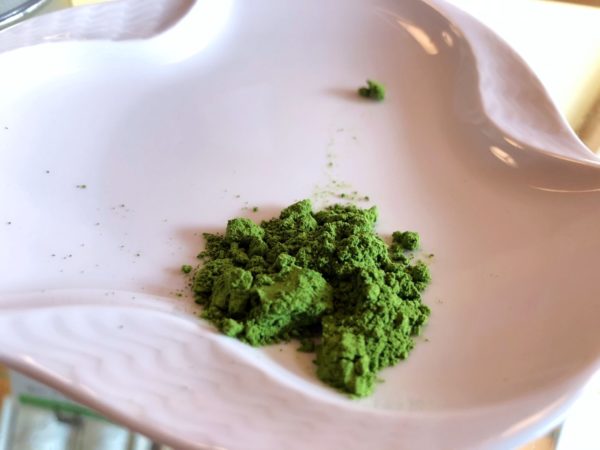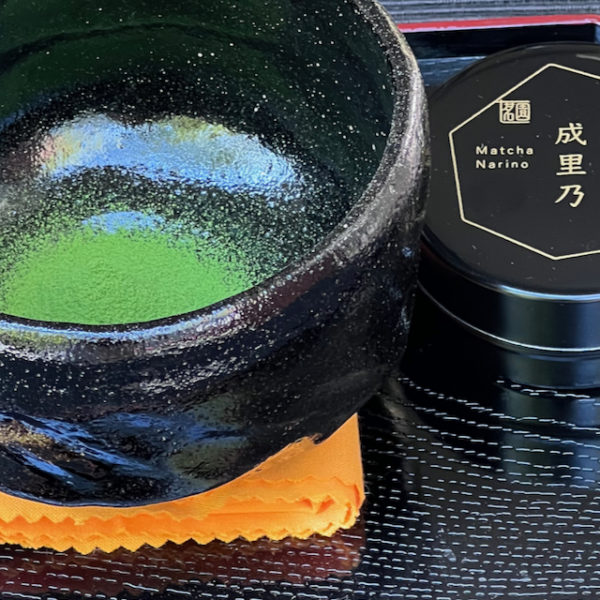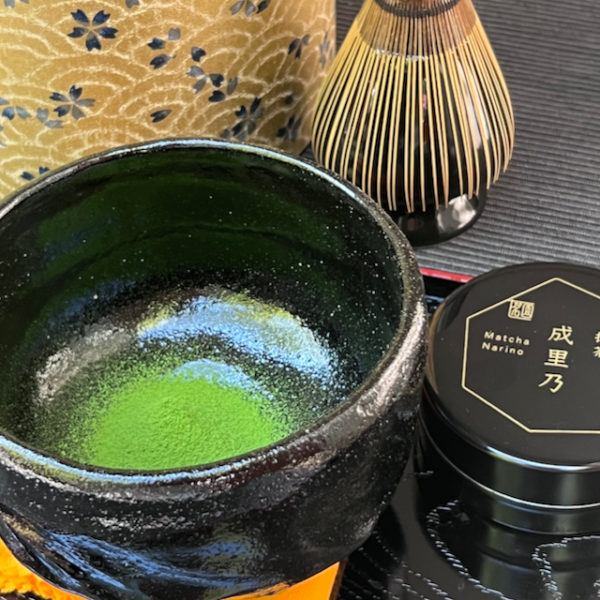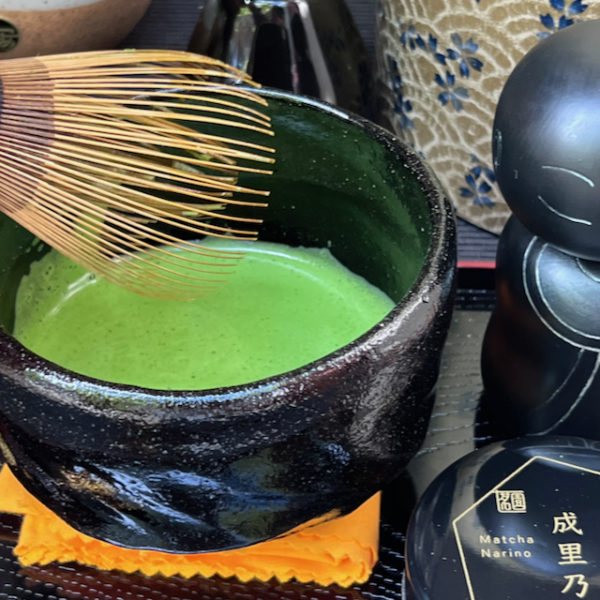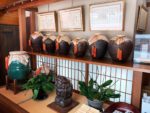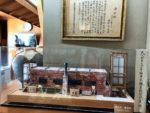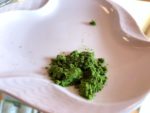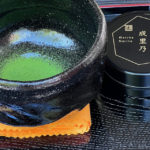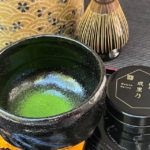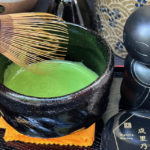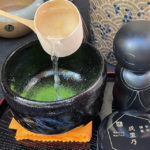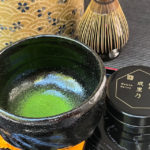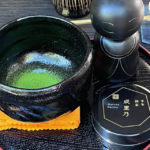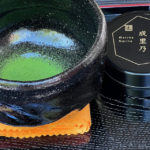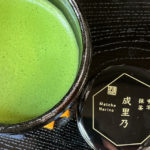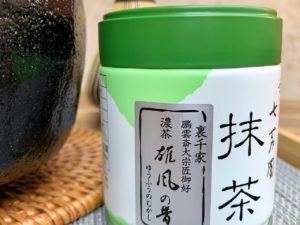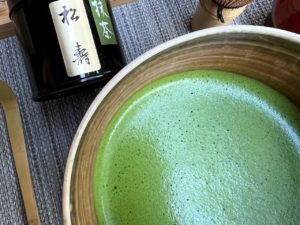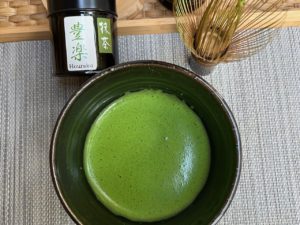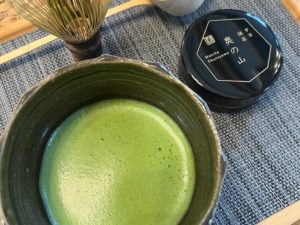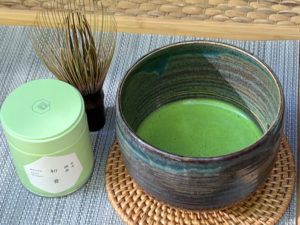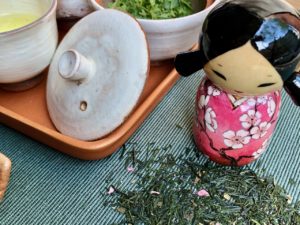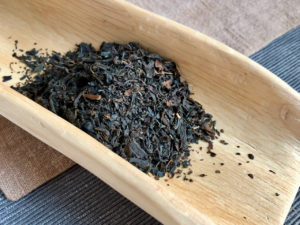Matcha 'Narino'
Incredibly deep sweetness and luscious aftertaste - this matcha is unlike any other matcha tea we know!
It can also be used to make full, creamy koicha (thick tea) and usucha (thin tea).
"Narino", the name of the daughter of the owner (Mr. Chotaro Horii) (who can also be seen in the photo in the tea room. 🙂 Mr. Horii named the plant version they bred from which they made this matcha after her. They bred and registered this version of the tea plant in - which turned out to be a very sweet variety.
In a 20 gr airtight metal box, stored refrigerated in our tea shop.
Horii Shichimeien is a traditional tea-making company with a long history in Uji, near Kyoto and famous for matcha.
"Shichimeien" means "seven great tea gardens" that were recognized and highly valued by Shogun Ashikaga during the Muromachi period (1338-1573). Of these seven, only one remains in Uji's hinterland: the one called 'Okunoyama' - owned by the Horii family very close to the famous Byōdōin temple. The family's tea shop is located in front of the 'Agata' Shinto shrine and hides almost unnoticed in this street.
It is worth mentioning that the 3rd generation Horii Chojiro invented the so-called 'tencha ro', the tencha drying oven that he did not keep to himself, but spread it in Uji (and now almost all over Japan) - making the processing of tea leaves more efficient.
In 2019, it was a surprise for us that the tea garden discovered at the end of the street from our accommodation was so famous, from here on a further "series of coincidences" led us to personal acquaintance and a joint collaboration.
One of our most defining experiences was visiting their matcha grinding site, where quite a few traditional granite stone mills grind quietly in the dark...
For 600 years, the family has been carrying out the entire process of tea production, from cultivation to picking to processing, drying and grinding, which is a rarity.
Thanks to the high quality and small-scale production, their matches are refined and rich, with a sweet, long aftertaste.
Store airtight and in the refrigerator.
- Before making it, it is good if the tea powder warms up to room temperature, so take it out of the fridge half an hour before consumption. The freshest flavors emerge from the tea within 1-2 months after opening the box.
- Use water with a low mineral content for preparation, mineral content below 100 mg/l. Commercially available water that is good for making matcha: Norda, Volvic
Try more matcha tea from the Shichimeien family!
Usucha (薄茶), i.e. preparation of thin tea:
Amount of tea powder: 2 gr (≈ 2 kk) 2 chashaku(matcha spoon) quantity
Amount of water - temperature: 60 - 90 ml, 80 - 90°C
Mix and froth matcha brush (chasen) with the help of
A few photos of the Shichimeien family on our Facebook page.
Our detailed informative article about matcha tea can be read here. What is matcha?
In the videos, we talk about matcha teas and Balázs shows the steps of making matcha.
